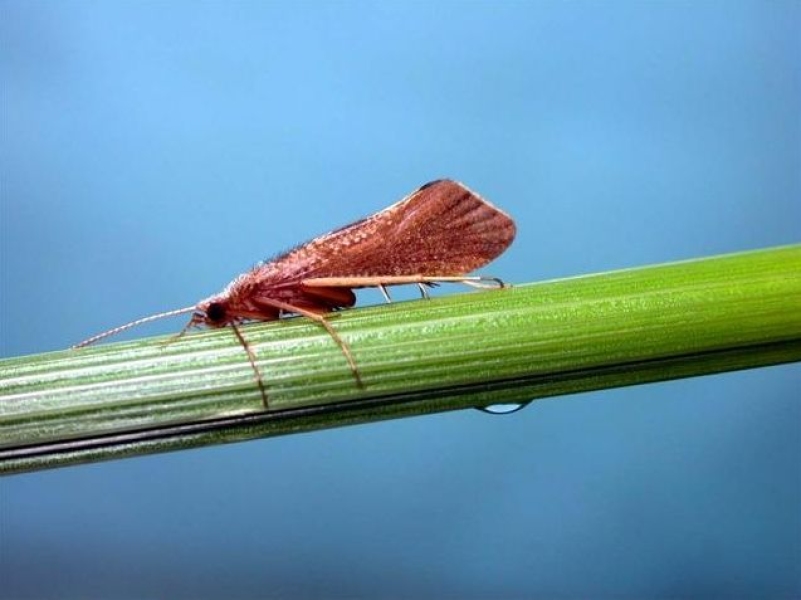Science experiments can be fun, messy, done in the dark or even while you're asleep. Here are some holiday ideas children – and their parents – can do over the summer break.
1. Head in the clouds?
While you are there take some photographs and start your own cloud collection. You will be amazed at how many different types of clouds there are.
Invest in a good cloud handbook. Pocket-sized is handy to help you identify cloud formations anytime and anywhere. Make a note of the clouds you spot and check out how rare they are. The Met Office Pocket Cloud Book is a good example and covers everything from common to unusual cloud formations and explains the atmospheric processes that create them. It can be ordered from www.fishpond.co.nz
Help a NIWA scientist
NIWA atmosphere scientist Alan Thomas is on the lookout for observations of NLCs in January. These are Noctilucent Clouds that may be visible an hour or two after sunset or before sunrise as wispy blue clouds. They are most likely to be seen in Southland and are formed at 80km high (the Meosphere).
2. Star-gazing.
On a warm, moonless night head outside, sit back and look up. A pair of binoculars would be handy. Look out for common star formations, satellites and meteors.
There are a number of websites that will help you learn what you are seeing:
www.stellarium.org – excellent free planetarium programme for PC www.spaceweather.com – updates recent space events heading our way www.heavens-above.com – for satellite viewing opportunities
The GoSkyWatch iPad app is also excellent for young astronomers.
Did you know?
NIWA operates an atmospheric research station at Lauder, 35km from Alexandra in the South Island. The clear skies and isolation make it perfect for observing what is going on in the sky. Lauder specialises in measuring CFCs, Ozone, UV light levels and greenhouse gases and has a wide range of world class instruments.
3. Identify seaweeds by shape and colour and smell.
Document your findings by photographing them – don't take the seaweed away from the beach as there are important natural processes taking place when seaweed is washed up on shore.
Seaweed is very clever – its feeds millions of marine creatures and provides at least half the earth's oxygen. You can learn about seaweed on the web or go to the library and ask for New Zealand Seaweeds, An Illustrated Guide. It's a new book written by NIWA scientist and seaweed lover Wendy Nelson. Dr Nelson's selection of about 250 species of seaweed covers just over a quarter of known species found in New Zealand. And find out what foods contain seaweed. Here's a clue: chocolate milkshakes.
4. Join NatureWatch NZ.
Log on to Nature Discoveries where you can share what you see in nature, meet other nature watchers and learn about New Zealand animals, plants and fungi. Just join up and start adding your finds. There's also the New Zealand Bio-Recording Network.
New Zealand Bio-Recording Network
5. If there's a stream near you, there's something interesting to be found.
NIWA has developed a tool called SHMAK or the Stream Health Monitoring and Assessment Kit. It lets you measure the health of a stream and helps you understand what it takes to make a stream healthy. You might have been involved in using it at your school.
Over the holidays here's how you can check out what's in a stream near you:
a) Eat a two litre tub of ice cream, then wash the container out and add some water out of a stream.
b) Clamp your hands together, now find a rock about the same size and carefully pick it up.
c) Gently brush the rock so any creepy-crawlies end up in the water in the ice cream container.
d) Now work out what the bugs are you see in the container, the more types there are the better off your stream is.
There's a bug identification guide below.
Identification guide: what freshwater invertebrate is this?
6. And lastly here's some quick scientific fun:
a) Fill a bucket with water and swing it round over your head – do it outside and make sure you're not going to hit anything or anyone (also you don't want a bucket with a dodgy handle). See what happens. Why doesn't the water fall out?
b) Design and build something that will stop an egg from breaking or cracking if you drop it from a height of one metre. You need to slow it down and stop it hitting a hard surface so think carefully about what you can use to do this. If at first you don't succeed, offer to cook scrambled eggs for dinner.
c) Measure everyone at your place just before they go to bed. Do it again first thing in the morning and see how much longer they are. Are the girls growing more than the boys at night? What about mum or dad? Is it all about gravity and if so, what happens to astronauts when they go into space?

